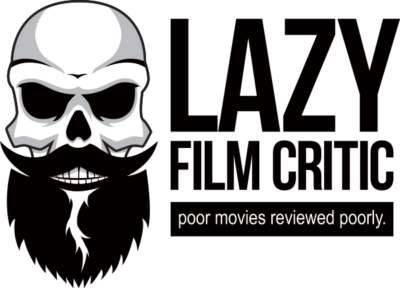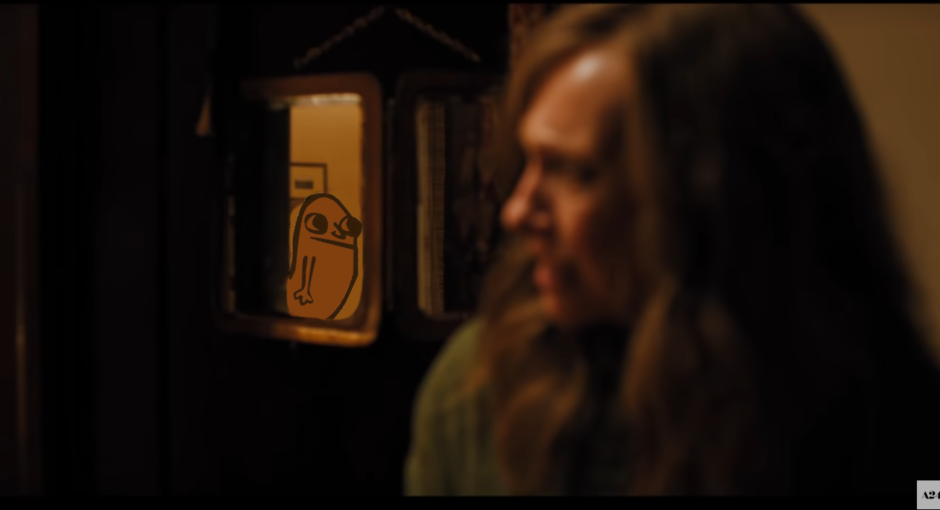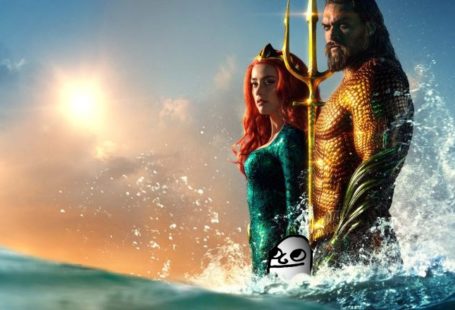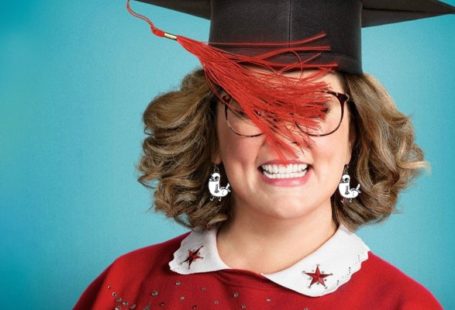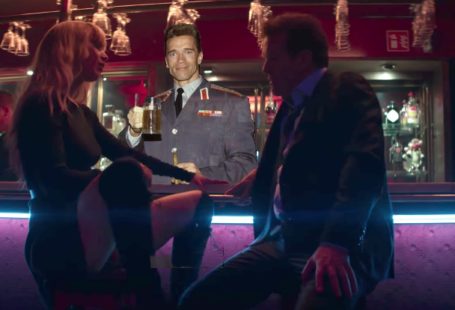Finally.
I’ll need to be light on details because major plot points early on are very important to the story, and it would be unfair to give them away when you watch this movie. And you SHOULD watch this movie. Every conversation and observation made by characters from the very opening funeral scene are important to understanding what happens at the end. People are struggling with the end because it shifts in what seems like a very abrupt way. The opening funeral is for Ellen, matriarch of the Graham family. Her daughter Annie (Toni Collette) gives a eulogy noting her mother’s reclusive nature, how difficult she was, and how she’s surprised how many people are actually attending the funeral.
What follows is a story of how a family deals with loss, and how that loss brings anger, resentment, and pain that’s been smoldering up the surface for the living and the dead in this case. Annie attempts to deal with her pain by sneaking off to a support group for those dealing with loss. At one of these meetings she meets a woman, Joan (Ann Dowd) who eventually shows her convincing evidence that you can contact the dead through a seance. Though Annie is initially shocked, the lure to contact the dead proves too much, and she attempts it as well. Where Joan’s contact with her dead grandson is happy, and goes well. Annie, with her family, has a much worse time. It appears Annie is possessed temporarily by a spirit, and though she recovers the spirit (Spirits?) seem to hang around and taunt her and harasses her son Peter with ever increasing intensity.
What follows is a terrifying second half that uses silence, shadows, dark, anger, and smart misdirection to build the tension to a full rolling boil. Could a sleepwalking Annie actually be the one tormenting her son? Is it really spirits? There are no cheap scares here. There’s no depending on jump cuts, no gratuitous gore (though, there definitely is some disturbing, blood soaked scenes), and nothing that has become the crutch of the modern, terrible PG-13 horror movie scene. Much of the horror is laid before you. Many times you can see what the characters in the film can’t. It lets you sit in the silence waiting for what feels like minutes waiting for evil to strike. Evil you can see. You know what they are about to face.
After the end scene, it will be easy to say it took a cheap route in how it ends. Initially, it feels disconnected from the rest of the movie. Part of this is how it is so brightly lit and happy, while much of the rest of the film takes place in the dark literally and figuratively. I would argue that the end of the movie is perfectly set up by the dark scenes before it. Thinking about the movie after it was over, and it will stick with you, many lines that seem like throw-away insights into how the family lived with each other actually all have much more important meaning. Seeing what happens to everyone in the family both on screen, and those who were only mentioned all falls into place.
Many of the reveals gave me chills. Not of being scared (even though this is the scariest movie I’ve seen since Lars von Trier’s Antichrist. I wouldn’t be surprised if the pacing, and even some cinematography were inspired by that film), but because it was so expertly done as to be exhilarating. You won’t believe what’s happening on the screen.
As I started the review with: Finally. FINALLY not just a good movie, but a great movie. I’ve watched so many terrible movies since I started this, and complained so much some people were convinced I don’t like any movies at all. I think this is an all-time great horror film. It warrants multiple viewings, and a lot of discussion. I’m sure I’ll be back reviewing comic-book inspired dreck again next week. But for now it’s full marks.

